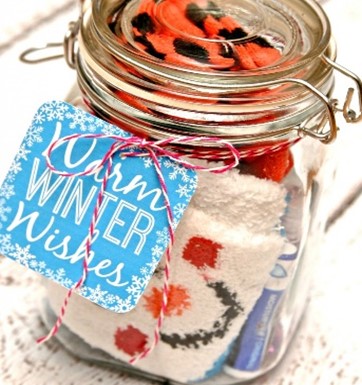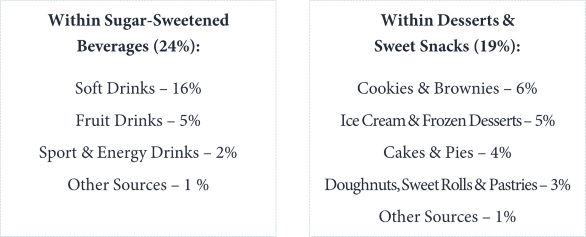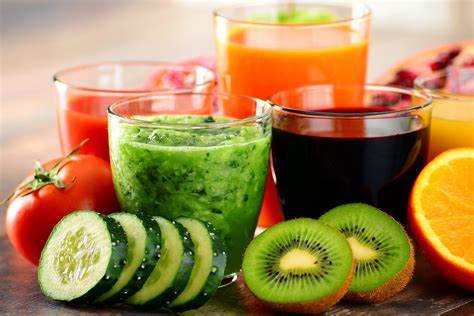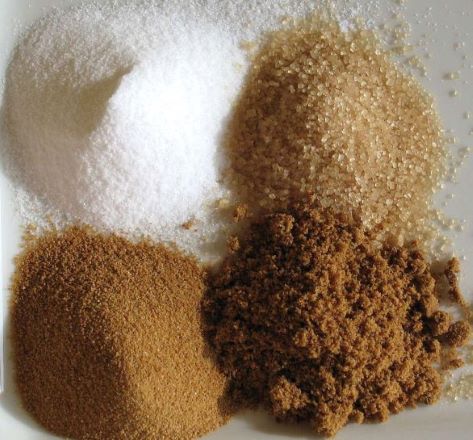In this edition
- Do the holidays make you feel lonely?
- During the holidays it is easy to overdo it with added sugars.
- Healthy beverage shifts
- Names for Added Sugars
About the Newsletter
Do the holidays make you a little lonely? Follow my eight tips to reduce loneliness and try to create an atmosphere that is positive and uplifting and captures the true meaning of the holidays. Learn ways to reduce holiday sugar. Identify the names of hidden sugars. And look for ways to make healthy beverage shifts.
Do the holidays make you feel lonely?
by Natalie Mazzullo, M. Ed.

Snowman in a jar
Holidays always have me feeling a bit overwhelmed. And I don’t think I am alone in this sentiment. I miss my friends who have passed, my parents, and my adult children and extended family who are spread all over the country. In fact, to be honest, it can be a challenge to stay positive and happy. Below are some tips to reduce loneliness that I am going to try and I hope you will too.
Set a plan. Decide what you would like to do to make your holiday special. Include others in your plan. Make sure you follow through; it will give you a sense of accomplishment.
Volunteer. If you are able, volunteer to help set up a holiday party with your favorite organization, club or place of worship. Offer to make calls to remind people about the upcoming event or offer to help with decorations or cooking your favorite holiday dish.
Attend a gathering. Your local museum, book club or community center may be hosting a holiday party. Surround yourself with people you know at a place you like to visit or an event you want to attend.
Stay connected. One of the best ways to decrease feelings of loneliness is to stay connected to loved ones both near and far. Set up a virtual holiday meet using Zoom, Facetime or video chat applications on your smartphone.
Decorate. Even if it is just in one little corner of your home. Bring out those cherished ornaments or holiday treasures (e.g., a favorite menorah, advent candle, stocking). Remember good times with the decorations you choose.
Arrange for a visit. Visit a friend or family member who may spend most of their time in their home. It will cheer both of you up and brighten up the season for both.
Plan a movie night. Invite friends and family to watch a favorite holiday movie. You can make some air-popped or low-salt microwave popcorn and make an afternoon or evening out of it. You could always meet at a theater and share before or after time together.
Be creative. Work on a craft you enjoy (e.g., a holiday puzzle, knitting or sewing project). Pick up a crafting project you haven’t worked on in a while. Try or explore something new like a candle-making class or a new cultural cuisine cooking class.
The bottom line, try to create an atmosphere that is positive and uplifting, focusing on the things that matter most to you and don’t overextend yourself. When you concentrate on the true meaning of the holidays it can bring excitement and good cheer to yourself and others. Join me in celebrating all the good in your life.
Happy holidays from our healthy aging initiative team to you!
Natalie Mazzullo is the healthy aging initiative coordinator at the University of Nevada, Reno Extension, a unit of the University’s College of Agriculture, Biotechnology & Natural Resources.
During the holidays it is easy to overdo it with added sugars.
See how much of your sugar comes from sugary beverages, desserts and sweets.


Added sugars should make up less than 10% of your calorie intake per day. Those who are hoping to keep their weight down may want to limit their eating of foods and beverages high in added sugars to reduce calorie intake. Replacing added sugars with low- to no-calorie sweeteners may reduce calorie intake in the short term but questions remain about their effectiveness as a long-term weight management strategy. Below are the top sources and average intakes of added sugars. Recognizing where the added sugars hide might make it easier to avoid these items in excess during the holiday season.
Source: U.S. Department of Agriculture and U.S. Department of Health and Human Services Dietary Guidelines for Americans (2020-2025). 9th Edition. December 2020. Available at DietaryGuidelines.gov page 43.
Healthy beverage shifts

Glasses of fresh organic vegetable and fruit juices
It’s easy to forget about the calories you consume from beverages. If you drink sodas, creamy and sweet coffee drinks, or alcohol, swapping them out for healthier options can make a huge difference. There are plenty of beverage options that are low in added sugars, saturated fats, and sodium. Some options include:
- Order a small café latte made with fat-free milk instead of a medium café latte made with whole milk.
- Have water or water flavored with fruits or vegetables instead of a regular cola.
- Enjoy sparkling water with natural lemon flavor versus a sweetened lemon iced tea.
Source: U.S. Department of Agriculture and U.S. Department of Health and Human Services Dietary Guidelines for Americans (2020-2025). 9th Edition. December 2020. Available at DietaryGuidelines.gov page 43.
Names for Added Sugars

Sugars; clockwise from top left: White refined, unrefined, brown, unprocessed cane
- Dextrose
- Fructose
- Molasses
- Brown rice syrup
- Fruit nectar
- Pancake syrup
- Brown sugar
- Glucose
- Raw sugar
- Cane juice
- High fructose corn syrup
- Sucrose
Link to myplate and more key topics on eating healthy
- Confectioner’s sugar
- Honey
- Sugar
- Corn syrup
- Invert sugar
- Sugar cane juice
- Crystal dextrose
- Liquid fructose
- Granulated sugar
- Malt syrup
- Corn sweetener
- Maple syrup

Nevada SNAP-Ed logo
An EEO/AA institution. This material was funded by USDA’s Supplemental Nutrition Assistance Program (SNAP). This institution is an equal opportunity provider.
LINK TO FURTHER INFORMATION...


